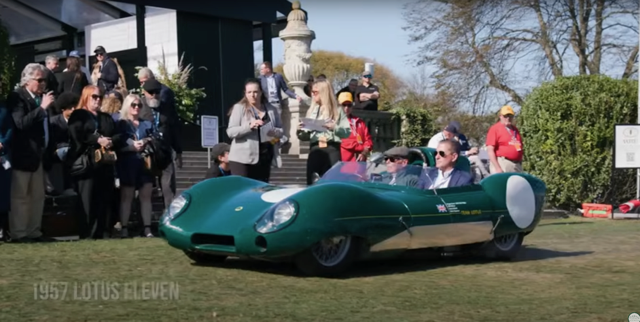After 25 members signed up on the website and three had to drop out—two bad colds and a last-minute change in plans—30 members actually showed up for luncheon at the Sea Dog brewpub in Camden on Pearl Harbor Day. (I say this because it turns out Millennials have no idea what once happened on December 7.) Kudos to the pub, which accommodated our happy and chatty group so well. The hostess sent us upstairs to the spacious and semi-private second floor, where we could be as noisy as we wanted, and our waitress Jen did an amazing job. She juggled all our orders, kept us primed with frequent beverage deliveries, and was completely unfazed by so many separate checks. (I believe she was well looked after in the gratuity department.) The weather was far too chilly for dining al fresco, but—and this is a hint to the Events Committee—the pub has a wonderful deck overlooking Camden Harbor that could serve us nicely in the summer months.
We delivered four new name tags and took orders for two more plus one re-do for bad spelling. Thanks to everyone who attended—you know who you were: Chet, Vicki, Chris, David, Donna, John, Laura, Gene, Sarah, Paul, Mark, Sandy, Pete, Paul, Katharina, Ed, Cheryl, Julie, Kelly, Nancy, the talented young Amelia, Cathleen, Ricardo, Brent, Anne, Gage, Greg, Patsy, Jeff and me, Sam Surprise.





































